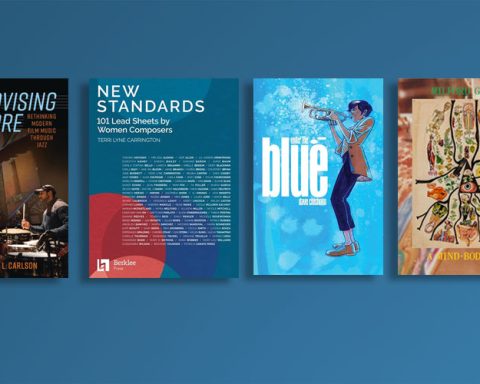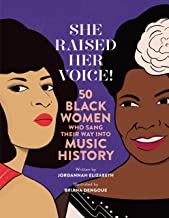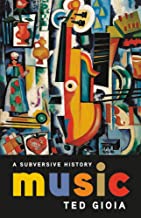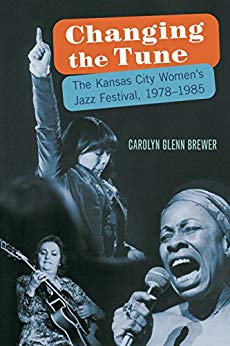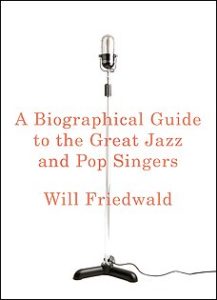 A Biographical Guide to the Great Jazz and Pop Singers
A Biographical Guide to the Great Jazz and Pop Singers
By Will Friedwald
Pantheon Books, New York, 2010; 832 pp.; $45.00 hardcover
I recently reconnected, on Facebook, with a former colleague at Fairchild Publications, Mary Lois Adshead. She told me this story:
“One afternoon in the 1970s, my nephew, a precocious adolescent with a few obsessions, including comic books and cartoons, dropped into my Upper West Side apartment. I had been a little concerned about Will and his comics. The kid was bright and witty, and I felt he was ready for bigger things. Specifically, I had been wanting him to hear the lyrics of Lorenz Hart, so I took this opportunity to expose him to the song ‘I Wish I Were in Love Again,’ as sung by Frank Sinatra on the Swingin’ Affair album. It was a casual choice, but it turned out to have great significance.
“Will was transported. We laughed at the song, and he made me play it over and over for him. He lay on the floor, trying to commit the words to memory. He left my apartment a changed man. He began collecting Sinatra albums, Mel Tormé albums, jazz albums. . . . This got him started.”
We should all be grateful to Will Friedwald’s aunt. Friedwald is now considered a foremost chronicler of American popular song. Among his previous books are Stardust Melodies (Pantheon, 2002); Jazz Singing (Da Capo Press, 1996); and Sinatra! The Song is You (Da Capo, 1997). His new work, A Biographical Guide to the Great Jazz and Pop Singers, is more than a guide because the entries are not merely encyclopedic and factual; they are essays, reflecting the author’s strong opinions and also displaying his extensive knowledge of the subjects.
At a listening party in early November at Jazz at Lincoln Center, Friedwald, pointing out that the book was 10 years in the making, emphasized that it is not just about jazz vocalists. “It is about people who sing the Great American Songbook,” he explained. More than 200 are covered, ranging from Ella Fitzgerald to Ethel Merman. In addition to chapters on individual singers, there are 26 chapters on multiple artists, plus five “Extras” – Bob Dylan, Mahalia Jackson, Elvis Presley, Bessie Smith and Hank Williams.
Just completing a work of this magnitude would be impressive. But Friedwald’s is more than a reference book. The content is captivating, and you could select just one or two entries and find yourself immersed without realizing it.
[pullquote]Friedwald’s book is not just about jazz vocalists; it is, he says, about people who sing the Great American Songbook.[/pullquote]
For instance, in the chapter “Singing Songwriters,” Friedwald points out: “All the great songwriters of the age before Bob Dylan and the Beatles were keenly aware that they weren’t the best interpreters of their own work – Richard Rodgers knew that he couldn’t play piano as well as Teddy Wilson, and Jerome Kern knew that he couldn’t sing like Helen Morgan.” The author then goes on to point out a few exceptions. “When we look at the three major singer-songwriters of the twentieth century – Harold Arlen, Hoagy Carmichael, and Johnny Mercer – certain shared qualities emerge.” For example: “Not one of them wrote a song that might be considered a classic Broadway musical (sic). . . . All three of them were heavily oriented toward jazz and other forms of African American music. . . . Jazz-oriented songwriters seem more inclined to perform than Broadway-oriented songwriters. Go figure.” What follows are in-depth essays on all three of these composers, filled not just with facts, but compelling observations and anecdotes.
One of the guests at Friedwald’s JALC listening party was the 89-year-old vocalist Jon Hendricks, who rose to fame in the late ’50s as part of the groundbreaking trio Lambert Hendricks & Ross and who still performs as head of a group called LH&R Redux, consisting of himself, his daughter, Aria, and her childhood friend, Kevin Burke. Friedwald played a video clip of Hendricks and Mel Tormé. In his book, he pays the ultimate tribute to Hendricks and his former partners:
Before Lambert, Hendricks & Ross, there were certain preconceived notions of what the human voice could do. LHR showed how an instrumental, big band performance could be translated into vocal terms – not only with voices, but with words. In the process, they became the greatest jazz vocal group that ever was. More than a half century after they began, Lambert, Hendricks & Ross are still The Hottest Group in Jazz.
The words in italics represent the title of LH&R’s first album for Columbia.
Friedwald acknowledges that there are already complaints about who was left out of his book, and indeed, it would be great to see his take on such current vocalists as Champian Fulton, Carolyn Leonhart, Nikki Parrott, Sarah Partridge and Catherine Russell.

